Tower Bridge is a Grade I listed combined bascule, suspension, and, until 1960, cantilever bridge in London, built between 1886 and 1894, designed by Horace Jones and engineered by John Wolfe Barry with the help of Henry Marc Brunel.
The bridge is 940 feet (290 m) in length including the abutments and consists of two 213-foot (65 m) bridge towers connected at the upper level by two horizontal walkways, and a central pair of bascules that can open to allow shipping. Originally hydraulically powered, the operating mechanism was converted to an electro-hydraulic system in 1972.
The view as you walk towards Tower Bridge on the north side.


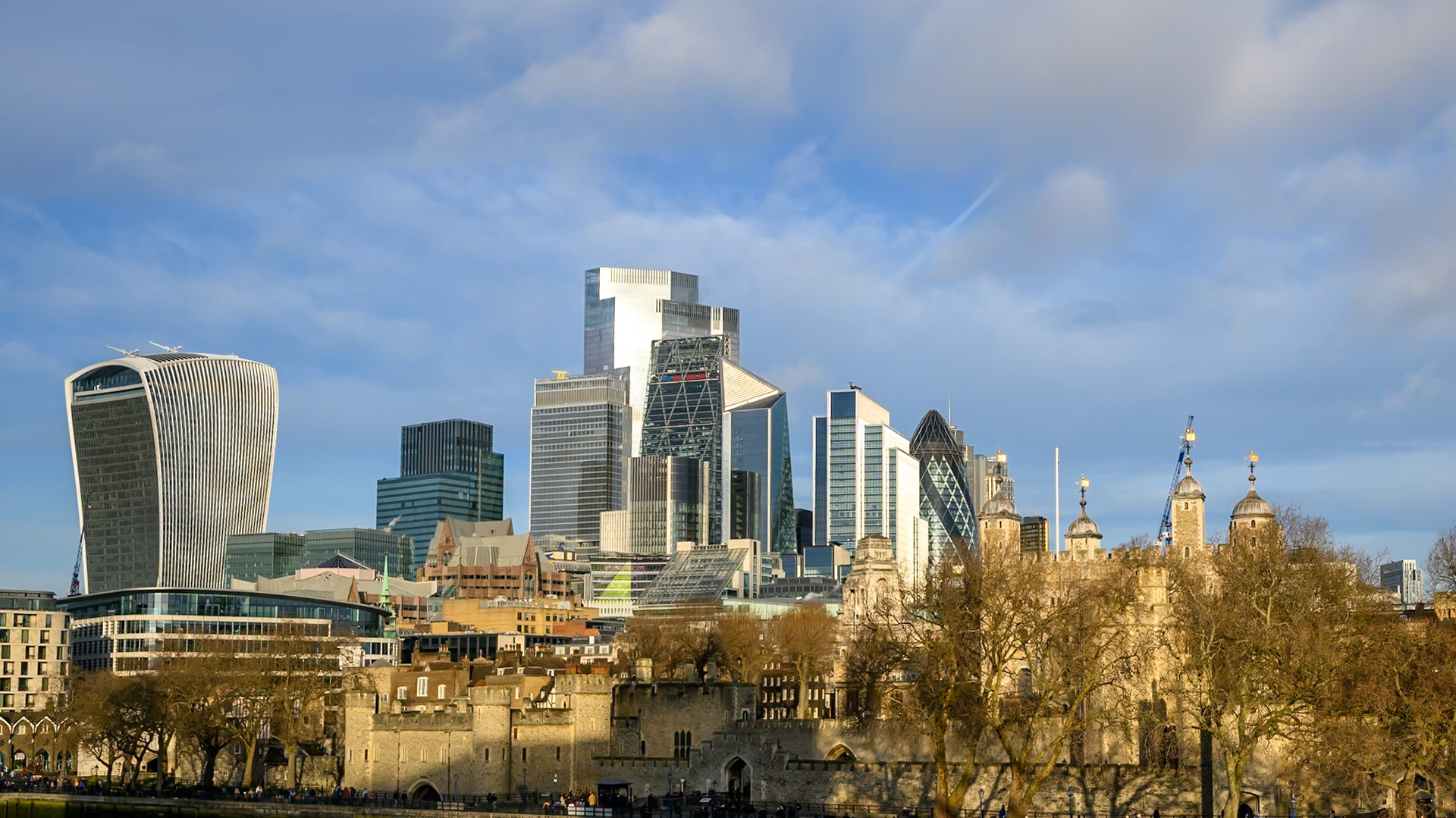
Climbing the stairs in the north west tower.

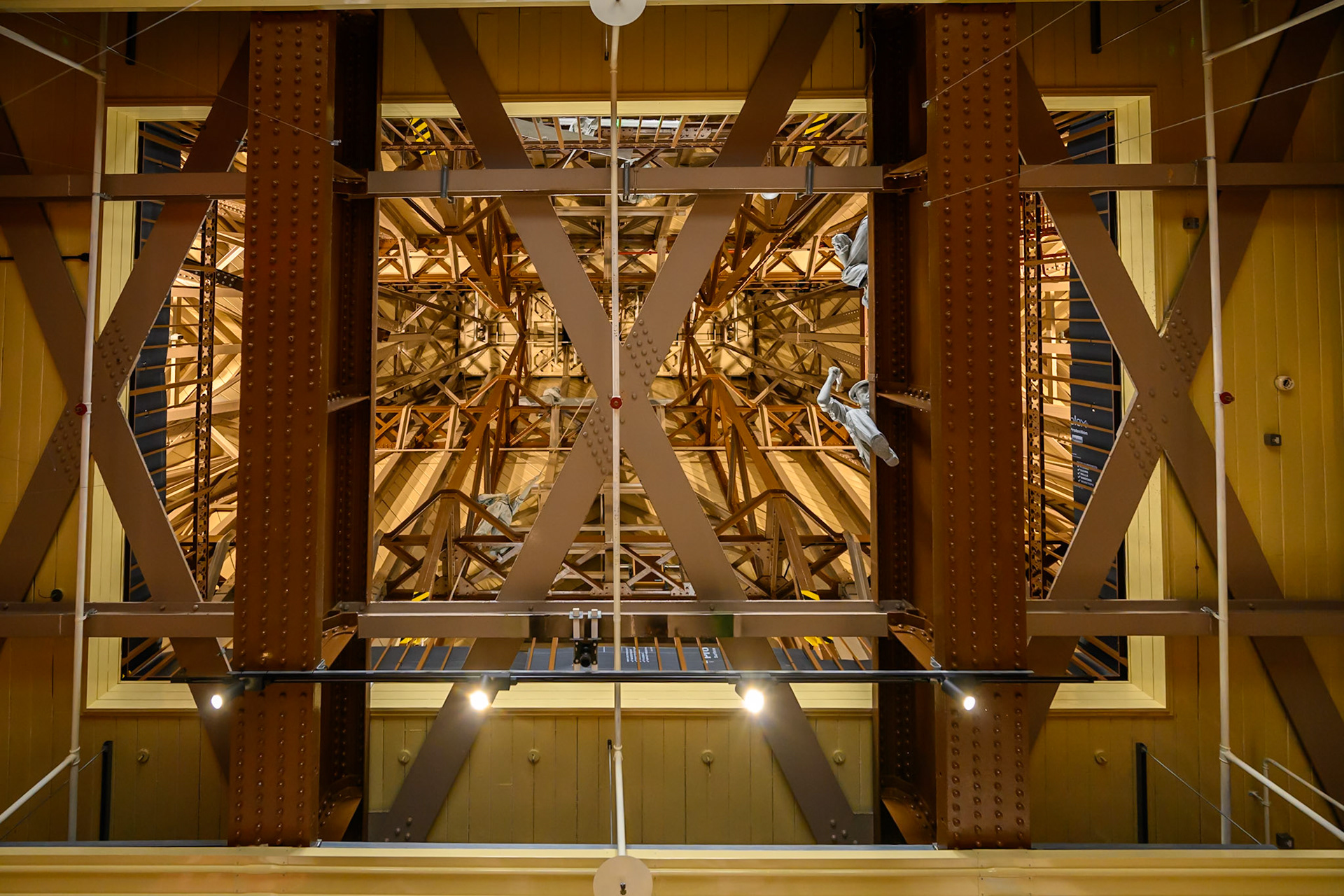


The view from the west walkway over the Thames.


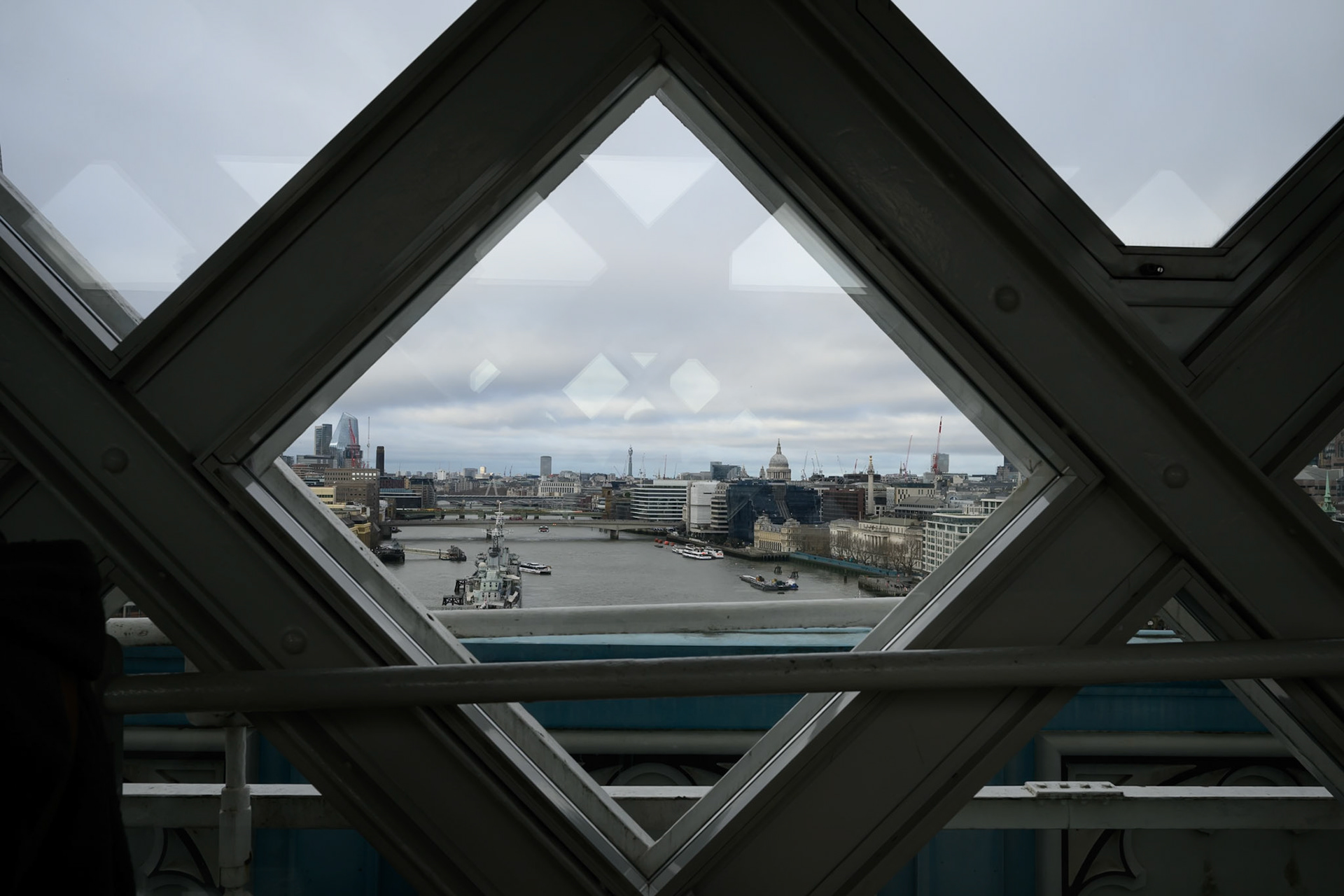
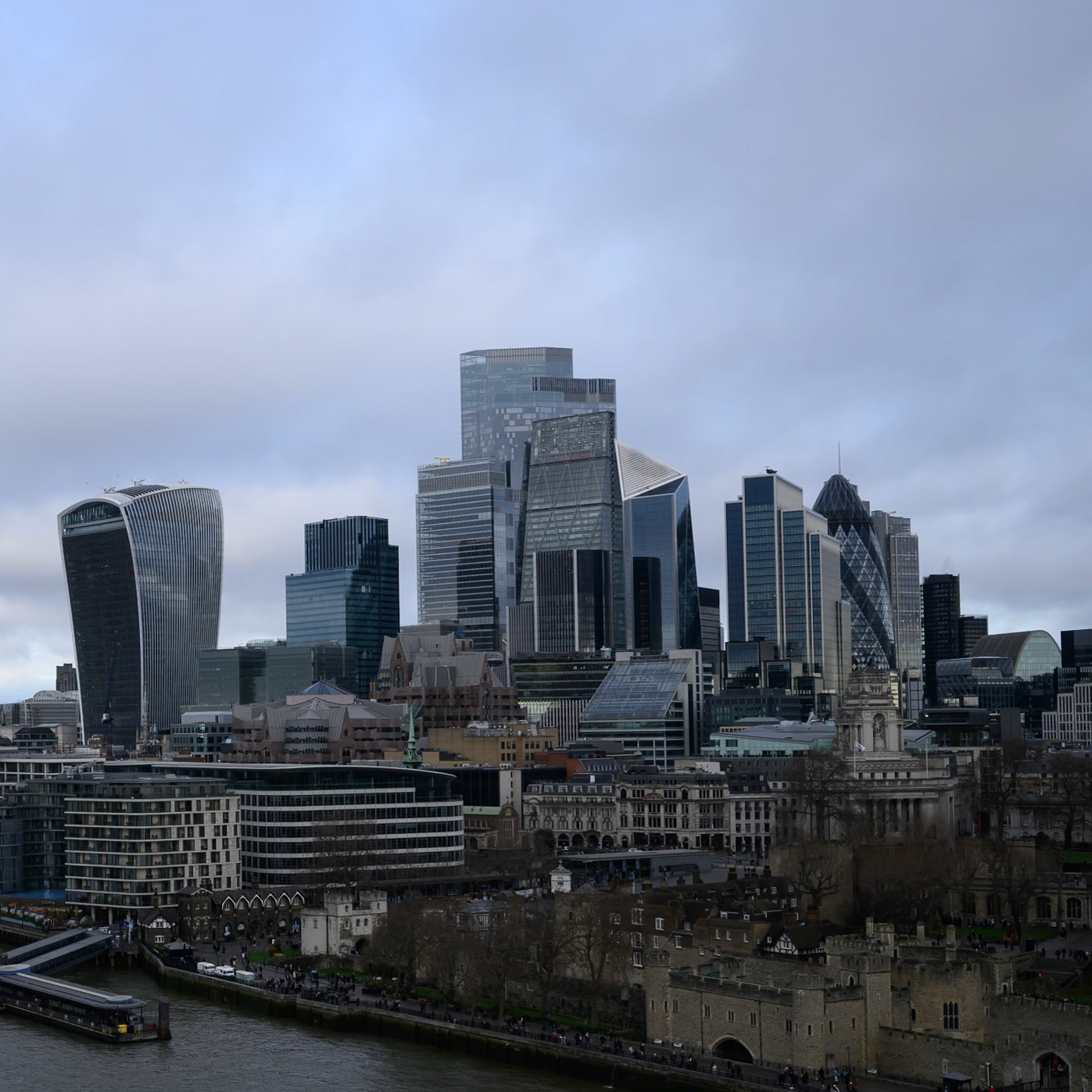

Inside the west walkway.
(It is 43.5 metres above the Thames at high tide)



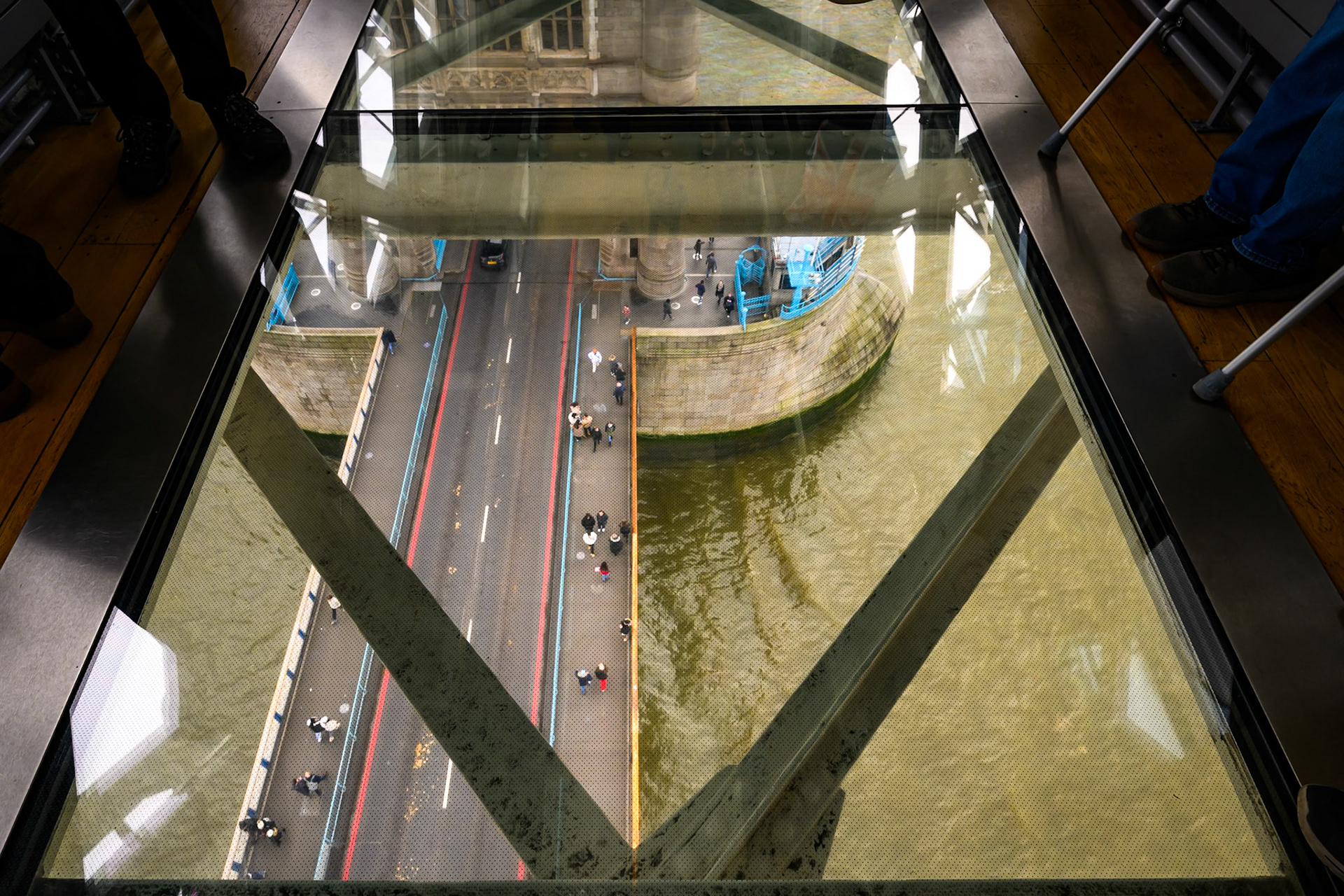

Inside the original control room.

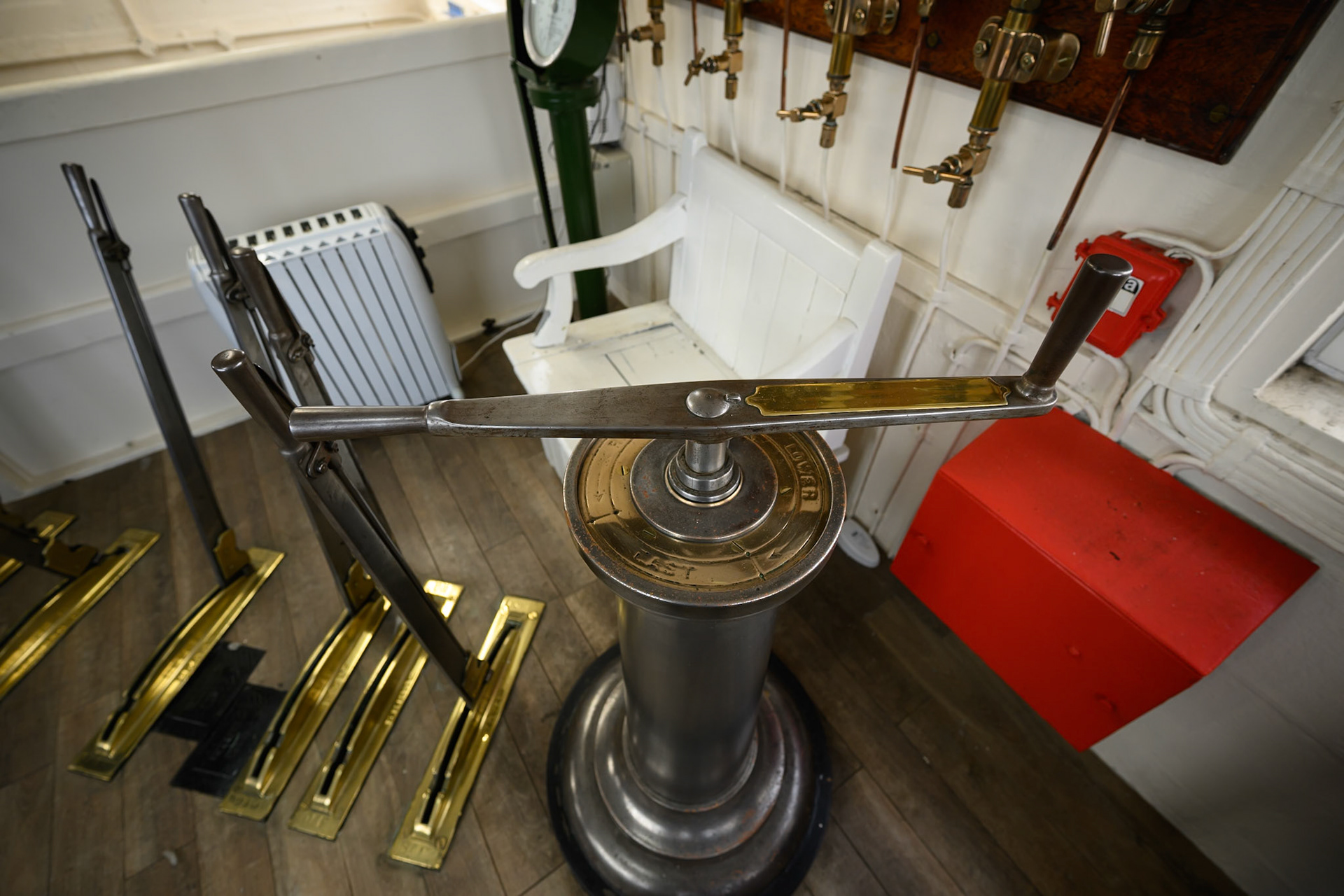

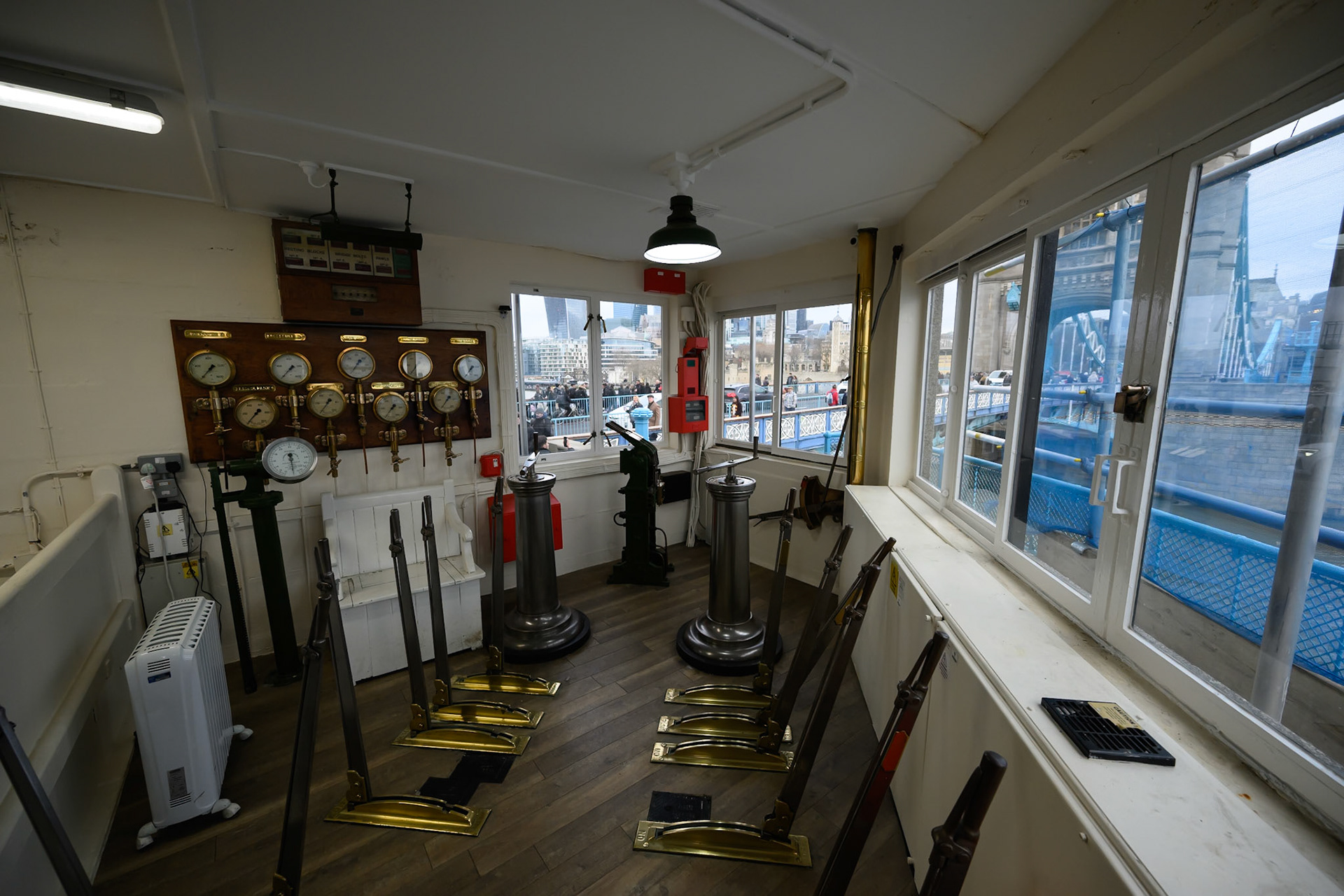
Inside one of the original machinery spaces.
Water under high hydraulic pressure powered the mechanism used to raise and lower the bridge.



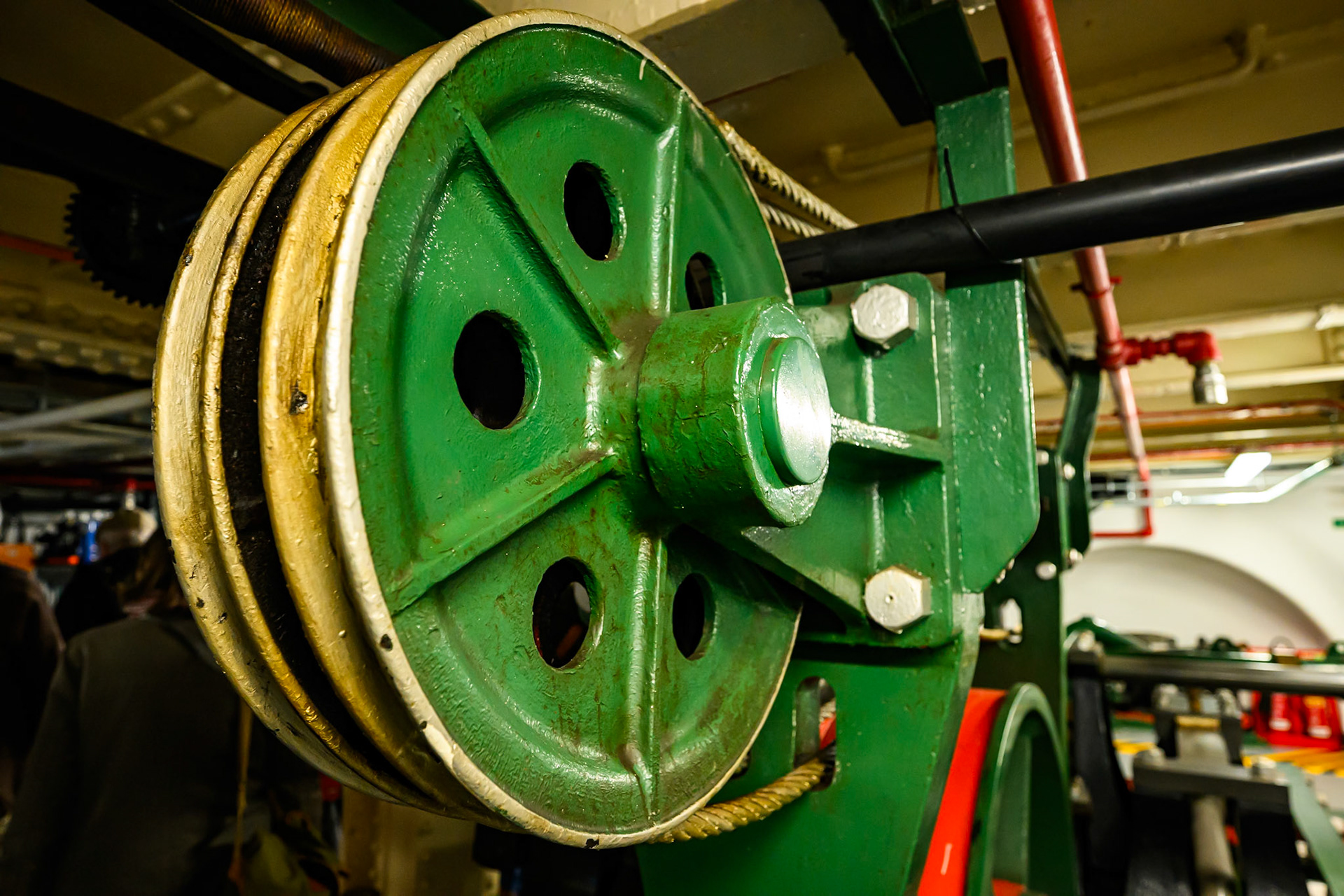



Inside the chamber that houses a bridge bascule.
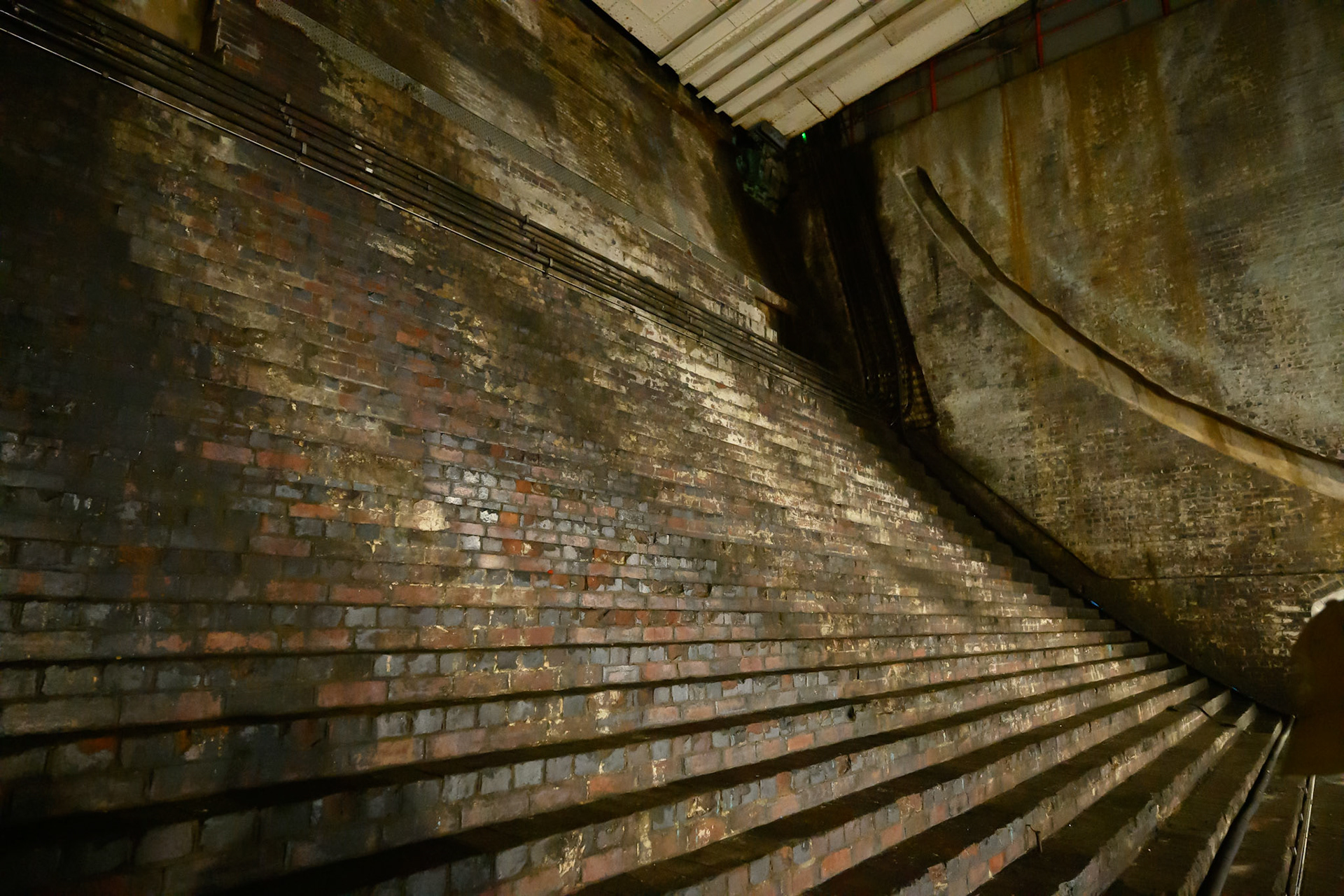




One of the eight original hydraulic water 'capacitors'.
(Each capacitor stored enough hydraulically pressurised water to lift and lower the bridge four times)



Inside one of the original coal fired steam powered engine rooms that pumped pressurised water into the capacitors.
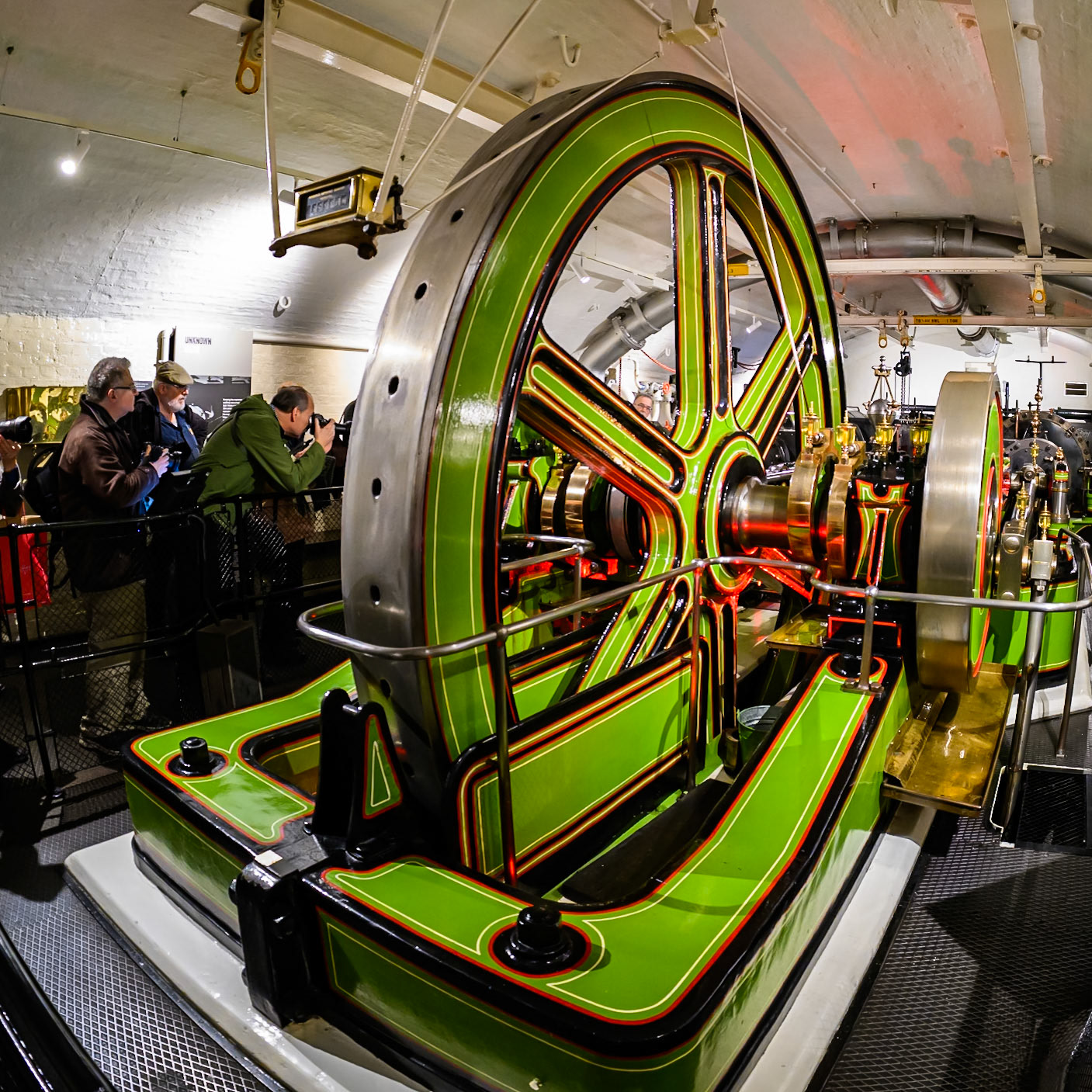




Twin capacitors as viewed from their bases.
(Each one is 110 feet high)









